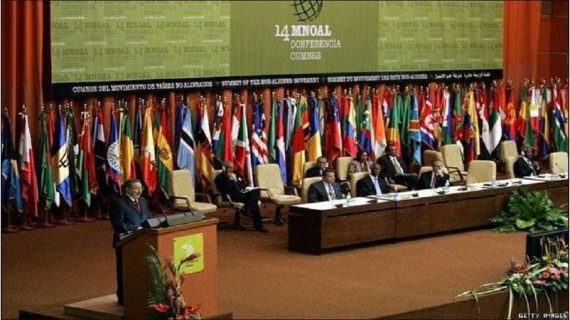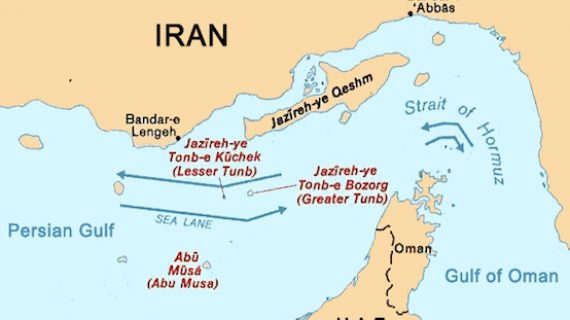Iran Misery Index Improves 53%
Reported by HPMM Group according to FINANCIAL TRIBUNE ; Iran’s misery index decreased from 41.6 in the fiscal March 2012-13 to 19.3 in 2016-17, indicating a 53% improvement over the years, an official report by the Ministry of Cooperatives, Labor and Social Welfare reads.
An increasing index means a worsening economic climate for an economy, and vice versa.
The misery index is calculated by simply adding the annual inflation rate to the unemployment rate and helps determine how the average citizen is doing economically.
Since both high unemployment and high inflation are major factors to the average wage earner, misery index is a quick metric to gauge the health of the economy. As inflation rises, the cost of living also increases and as unemployment rises, more people cross the economic line into poverty.
The original misery index was created by American economist Arthur Okun in the 1960s, not by Robert Barro as some people mistakenly believe. Barro created the “Barro Misery Index” in 1999, which also includes interest rates and gross domestic product into the mix.
Approximately 10 years later, Steve Hanke updated Barro’s work by applying it to other countries outside the United States. Hanke’s modified misery index uses unemployment and inflation as Okun did, but then adds interest rates and subtracts the year-on-year percent change in per capita GDP growth. This is assuming that high interest rates add to the “misery” while growth in GDP reduces it.
Apparently, the Ministry of Cooperatives, Labor and Social Welfare has used Okun’s formula to calculate the misery index of Iranian people. Okun’s formula provides a more optimistic picture of misery in Iran’s economy, but taking into account the indexes of GDP and interest rate shows that the misery index increased in the last Iranian year (ended March 20, 2018) compared with the year before, the Persian daily Shargh reported.
The daily’s calculations show that the index has fallen dramatically in recent years. But the considerable fluctuations of GDP following the implementation of the Joint Comprehensive Plan of Action in 2016 pushed up the misery index last year.
The lowest rate of misery index, in the past 16 years, was registered in the fiscal 2016-17, followed by that in 2005-6. After that the index increased gradually to reach its highest in 2012-13.
The decline in inflation rate, the signature achievement of President Hassan Rouhani, as well as a significant increase in GDP, thanks to the Iran deal pushed down the misery index in 2016-17.
Last year (March 2017-18), Iran’s GDP growth slowed down and that raised the misery index compared with the year before.
According to the Cato Institute Misery Index, Iran ranked the ninth most miserable country among 59 countries in 2016. In its report, Cato Institute considers high lending rates as the main contributing factor to Iran’s index.
But on the bright side, Iran’s ranking improved two steps compared to the year before when it stood at seventh place.
Venezuela was the most miserable nation in the world, followed by Argentina, Brazil, South Africa, Egypt, Ukraine, Azerbaijan and Turkey. Japan and China were two of the world’s least miserable nations, thanks to falling prices and low unemployment.







